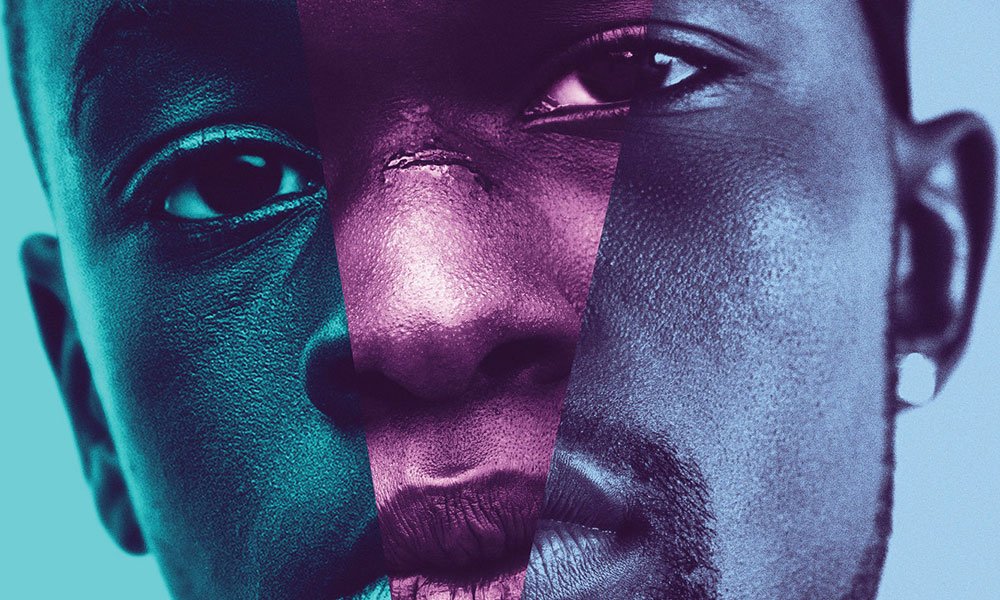
GLAAD Report: Major Studios Struggle With Portrayal of LGBTQ Characters
The latest edition of GLAAD’s Studio Responsibility Index found modest improvement in the number of LGBTQ characters portrayed in films produced by major studios, but ongoing challenges continue with how and where they are used. The study comes in the wake of Moonlight’s Best Picture Oscar win—a first for a film with an LGBTQ lead character.
Hollywood hasn’t made much progress in the way it represents gay, lesbian, bisexual, transgender, and queer figures in film, according to a new report.
This week, GLAAD released the 2017 edition of its Studio Responsibility Index, an annual report that tracks the film industry’s work on LGBTQ issues. While there have been occasions to celebrate—particularly the Oscar wins by Moonlight, the first-ever Best Picture winner with an LGBTQ lead character—the industry as a whole is struggling with the issue.
GLAAD President and CEO Sarah Kate Ellis noted the success of Moonlight and television shows such as Sense8, but she said progress has been slow. “We still struggle to see meaningful improvement in Hollywood’s depiction of LGBTQ characters and stories,” she said in a statement.
The report showed only a modest increase in the percentage of films with LGBTQ characters, rising only from 17.5 percent in 2015 to 18.4 percent last year. And when they do include these characters, productions largely focused on gay men rather than lesbian or transgender characters. Slightly more than one-third of films (35 percent) included a lesbian character, an improvement of 12 percent from 2015, but just one film released in 2016, Zoolander 2, included an inclusive representation of transgender people.
Additionally, racial diversity among LGBTQ characters decreased, from 25 percent in 2015 to 20 percent last year.
While there were more LGBTQ characters in films in 2016—70 in all mainstream films released last year, compared to 47 in 2015—the growth was somewhat misleading, because a single film, PopStar: Never Stop Never Stopping, included 14 such characters in a single musical number.
The report also looked at the nature of the depictions, using what it called the “Vito Russo” test, similar to the well-known “Bechdel Test” for representation of female characters. The three-part test found that in just nine of the 23 studio films with LGBTQ characters (39 percent), those characters played a significant role in the plot and were not predominantly defined by their sexuality. (That said, some of the films that passed the test used the characters in ways considered problematic or even offensive.) The percentage of films passing the Vito Russo test is the second-lowest reported since the group began its study in 2012.
“Studios must do better to not only include more LGBTQ characters, but to construct LGBTQ roles that are directly tied to the plot,” the report stated.
Fortunately, the most recent Best Picture Oscar winner offers a good example of what that looks like.
The Oscar-winning "Moonlight" was cited as a thoughtful LGBTQ portrayal by GLAAD. (A24)






Comments